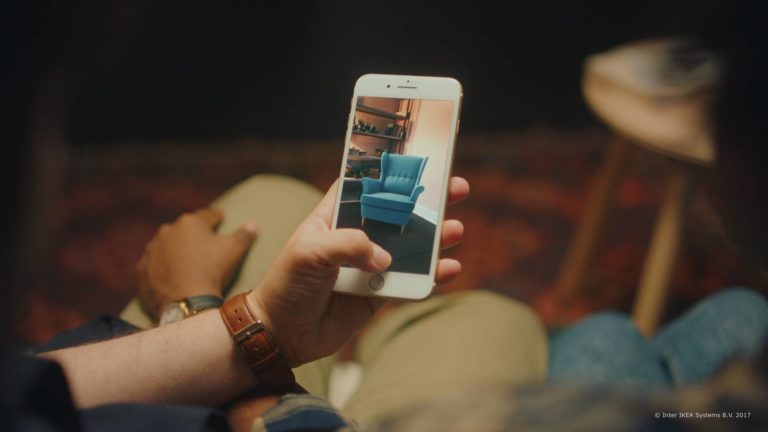
Phygital commerce is on the rise, with major brands, publications, and industry commentators increasingly focused on how immersive technologies such as 3D, AR, and VR will be integrated into commerce. It may be tempting to see the buzz as hype that will fade within months, as has been seen with many emerging technologies, and has even been the case for augmented reality in the past. However, there is evidence to say it is 3D and augmented reality’s time to shine, with consumers demanding improved experiences and brands seeing significant returns on investment.
Visual configuration is among the hot topic tools in today’s commerce landscape; it may also be known as 3D product configuration or grouped with product visualization and augmented reality for eCommerce. All of these tools fall under the umbrella of visual commerce, which encompasses tools enabling the use of high-fidelity imagery to encourage or facilitate a purchase.
What is 3D Product Configuration?
3D Configuration is an immersive experience that allows shoppers to select specific colors, textures, features, and add-ons and view them on their desired product. Like product visualizers, 3D product configurators allow users to experience products in an interactive 360° environment.
How are brands using 3D Product Configurators?
3D product configuration empowers buyers to interact with and evaluate products in ways eCommerce often doesn’t deliver on. High-fidelity digital twins bring products to life online, delivering a personalized shopping experience to the buyer and increasing consumer confidence in making a purchase.
Where’s the Proof?
To back up the above claim, what evidence are we seeing in today’s market that quantifies the impact of 3D/AR shopping? Here are five stats.
1. 77% of buyers prefer to view product variations in 3D/AR
High-fidelity 3D models bring products to life online, while AR allows buyers to view products in their own space to gauge scale and appearance. 3D experiences increase consumer confidence in purchase by enhancing the capabilities in evaluating a product.
2. 4x time spent with products enabled with 3D
Research into the endowment effect has proven the more time a consumer spends with a product, the more likely they are to develop a sense of ownership over it, thus driving a higher likelihood of purchase.
3. 94% higher conversions on products enabled with 3D/AR
Consumers want better eCommerce experiences, brands want stronger business results. 3D configuration delivers against both, driving consumers and more successful businesses.
4. Shoppers are willing to pay 20% more for products they can experience in 3D
Not only does 3D configuration drive more conversions, product pages enabled see 2X the average order value compared to traditional product imagery.
5. 40% reduction in eCommerce returns
eCommerce has an average return rate of 25-30%, three times higher than brick-and-mortar retail. Those returns equate to $166 million in costs for every $1 billion sold by brands. Reducing the volume of returned merchandise relieves brands of significant draws on financial, time, and labor resources.
Mounting Evidence
So there you have it… visual commerce is changing the way commerce is viewed by brands and consumers alike. The evidence continues to mount that immersive shopping will become a standard and a consumer expectation.
Brands and retailers should take note, and not fall behind as many did during the web and smartphone adoption cycles. In other words, the opportunity for an early mover advantage is now.
 Patrice Hall is director of product at Dopple.
Patrice Hall is director of product at Dopple.






